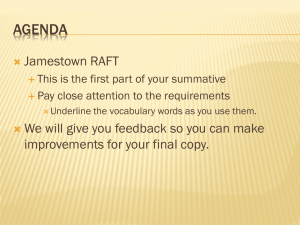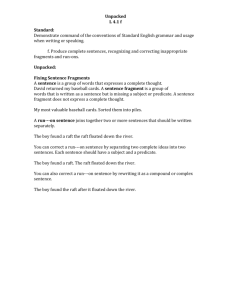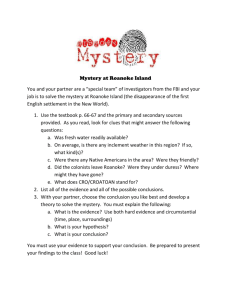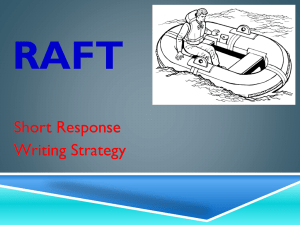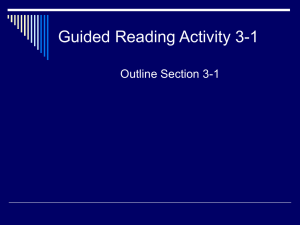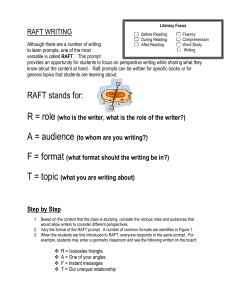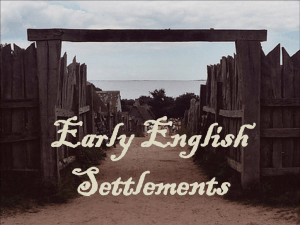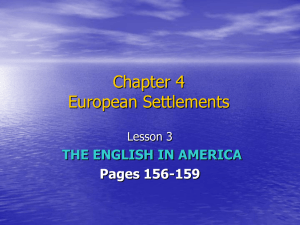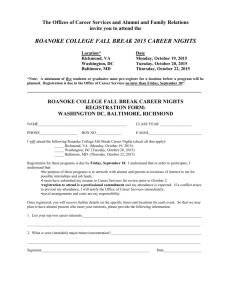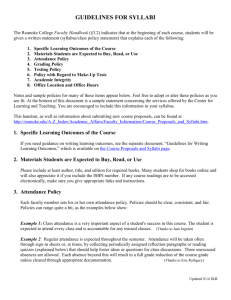English Colonies
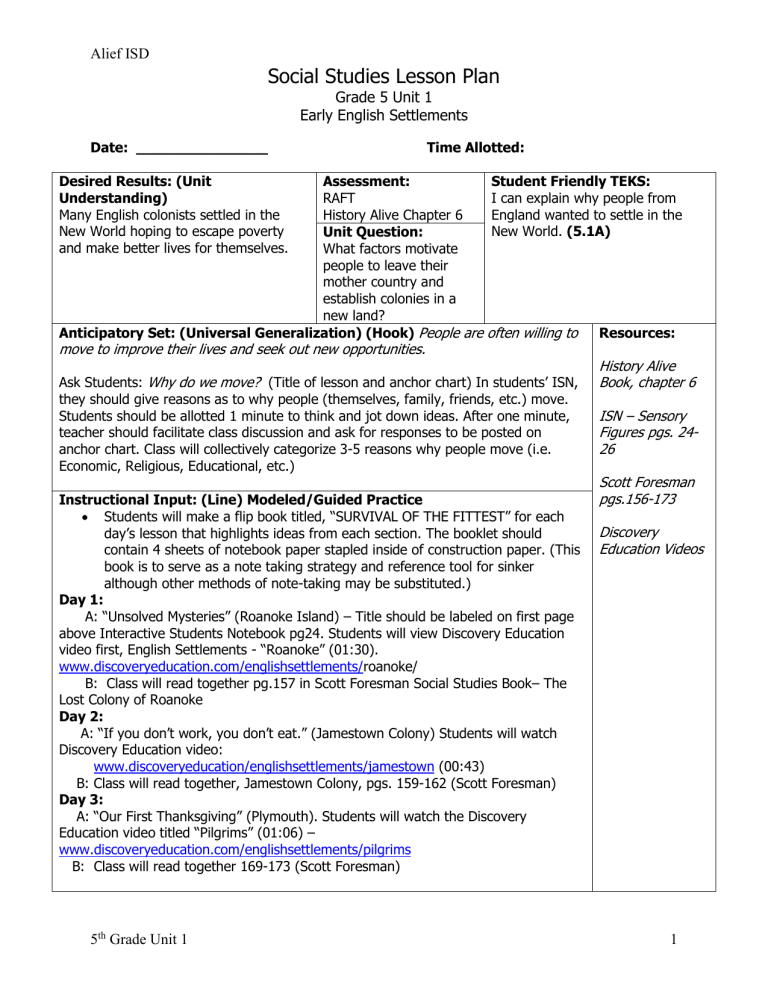
Alief ISD
Social Studies Lesson Plan
Grade 5 Unit 1
Early English Settlements
Date: _______________
Desired Results: (Unit
Understanding)
Many English colonists settled in the
New World hoping to escape poverty and make better lives for themselves.
Assessment:
RAFT
Time Allotted:
History Alive Chapter 6
Unit Question:
What factors motivate people to leave their mother country and establish colonies in a new land?
Anticipatory Set: (Universal Generalization) (Hook)
Student Friendly TEKS:
I can explain why people from
England wanted to settle in the
New World. (5.1A)
Resources:
move to improve their lives and seek out new opportunities.
Ask Students:
Why do we move?
People are often willing to
(Title of lesson and anchor chart) In students’ ISN, they should give reasons as to why people (themselves, family, friends, etc.) move.
Students should be allotted 1 minute to think and jot down ideas. After one minute, teacher should facilitate class discussion and ask for responses to be posted on anchor chart. Class will collectively categorize 3-5 reasons why people move (i.e.
Economic, Religious, Educational, etc.)
Instructional Input: (Line) Modeled/Guided Practice
Students will make a flip book titled, “SURVIVAL OF THE FITTEST” for each day’s lesson that highlights ideas from each section. The booklet should contain 4 sheets of notebook paper stapled inside of construction paper. (This book is to serve as a note taking strategy and reference tool for sinker although other methods of note-taking may be substituted.)
Day 1:
A: “Unsolved Mysteries” (Roanoke Island) – Title should be labeled on first page above Interactive Students Notebook pg24. Students will view Discovery Education video first, English Settlements - “Roanoke” (01:30). www.discoveryeducation.com/englishsettlements/ roanoke/
B: Class will read together pg.157 in Scott Foresman Social Studies Book– The
Lost Colony of Roanoke
Day 2:
A: “If you don’t work, you don’t eat.” (Jamestown Colony) Students will watch
Discovery Education video: www.discoveryeducation/englishsettlements/jamestown (00:43)
B: Class will read together, Jamestown Colony, pgs. 159-162 (Scott Foresman)
Day 3:
A: “Our First Thanksgiving” (Plymouth). Students will watch the Discovery
Education video titled “Pilgrims” (01:06) – www.discoveryeducation.com/englishsettlements/pilgrims
B: Class will read together 169-173 (Scott Foresman)
History Alive
Book, chapter 6
ISN – Sensory
Figures pgs. 24-
26
Scott Foresman pgs.156-173
Discovery
Education Videos
5
th
Grade Unit 1 1
Alief ISD
Independent Practice: (Sinker)
Day 1: Read pg 60 (History Alive), then fill out Roanoke Sensory Figure (pg. 24)
Day 2: Read pg. 61 (History Alive), then fill out Jamestown Sensory Figure (pg. 25)
Day 3: Read pgs. 63-65 (History Alive) , then fill out Plymouth Sensory Figure (pg.26)
Each day students are expected to cut out, complete and paste sensory figure in their personal “Survival of the Fittest” Book.
Modifications/Extensions:
Students will be expected to collaborate in groups of 4-5 on creating a Newsletter highlighting outcomes of settlement in Roanoke, Jamestown, and Plymouth.
How will you check for understanding?
Questioning.
Circulation and conferencing.
Closure:
Students should use the last page of their booklet to create a summary in the form of a RAFT. (attached instructions for RAFT)
R: Role – Prospective Settler from England
A: Audience – Realtor
F: Letter
T: New colonist looking to settle in New World, choosing which settlement to reside, giving reasons why they would live in that settlement compared to the others. (Using facts from reading and notes.)
RAFT
Role/Audience/Format/Topic Strategies
The RAFT strategy (Santa, 1988) employs writing-to-learn activities to enhance understanding of informational essay explaining a concept learned, students demonstrate their understanding in a nontraditional format. This technique encourages creative thinking and motivates students to reflect in unusual ways about concepts they have read.
RAFT is an acronym that stands for
• Role of the writer. What is the writer’s role: reporter, observer, eyewitness?
• Audience. Who will be reading this writing: the teacher, other students, a parent, people in the community, an editor?
• Format. What is the best way to present this writing: in a letter, an article, a report, a poem?
• Topic. Who or what is the subject of this writing: a famous mathematician, a prehistoric cave dweller, a reaction to a specific event?
The RAFT strategy forces students to process information, rather than merely write out answers to questions. Students are more motivated to undertake the writing assignment because it involves them personally and allows for more creative responses to learning the material.
5
th
